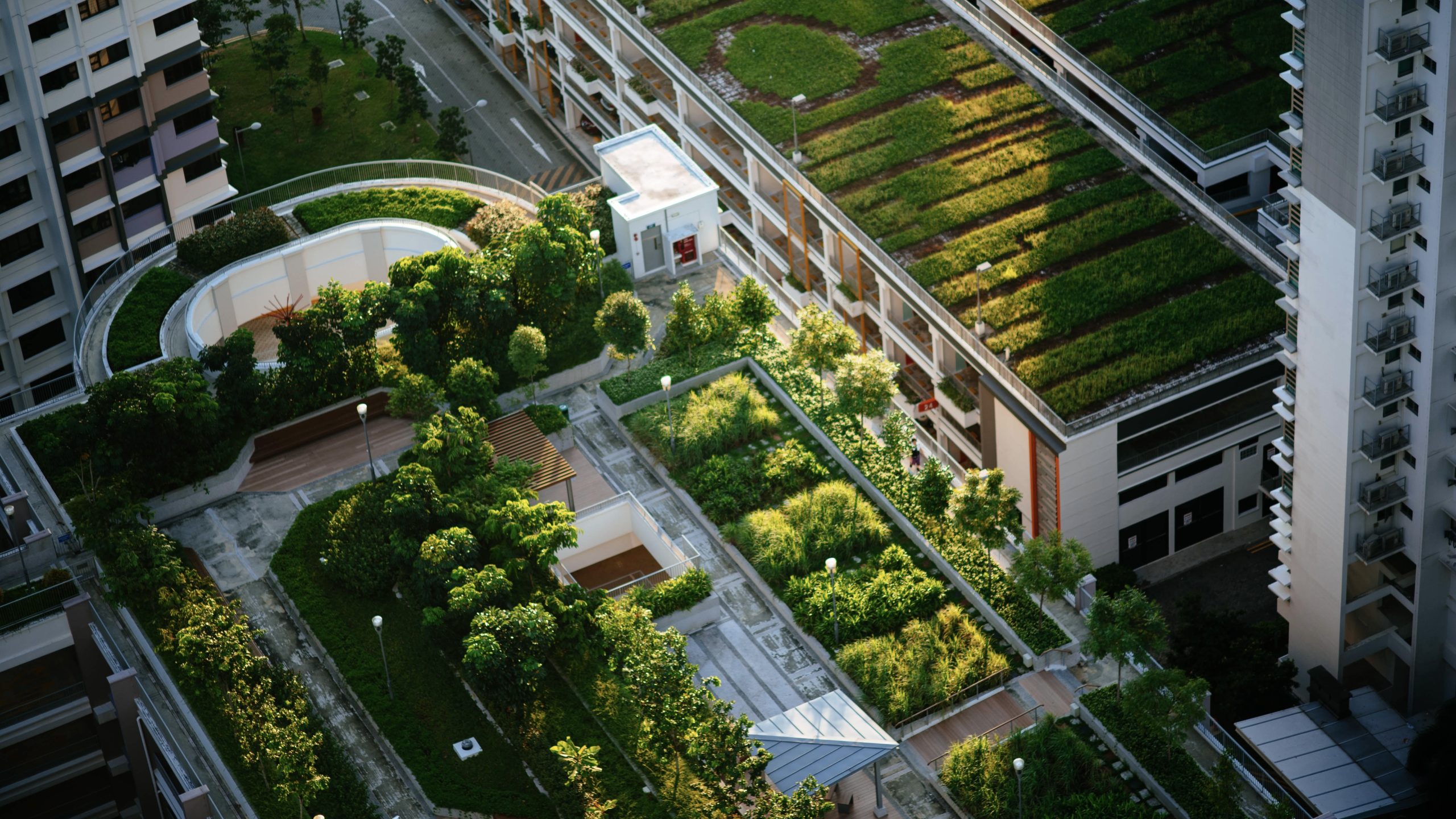In cities, you may notice some roofs that are covered with plants.
Many of these green roofs are planted with a low-lying ground cover like sedum.
Kathryn McConnell of Brown University says other, more elaborate ones include a variety of plants, ranging from small flowers, grasses, or shrubs, to trees.
Replacing dark rooftops with vegetation can provide many benefits.
“Green roofs can help control stormwater runoff if you have sort of a sudden precipitation event,” McConnell says. “Green roofs can provide amazing pollinator habitat for urban biodiversity, and they also can be really fantastic public spaces for people.”
Green roofs can help cities adapt to global warming, too. They can insulate the building below, which saves energy. And some even provide local cooling.
But in a study in Illinois, McConnell found that green roofs varied in their ability to reduce surface temperatures, as well as the amount of water and maintenance they require.
So more research is needed to assess different designs and maximize the benefits of green roofs as the climate warms.
“We want to figure out ways of adapting the places we live so that people experience less of those heat impacts,” McConnell says.
Reporting credit: Sarah Kennedy/ChavoBart Digital Media
Source link


